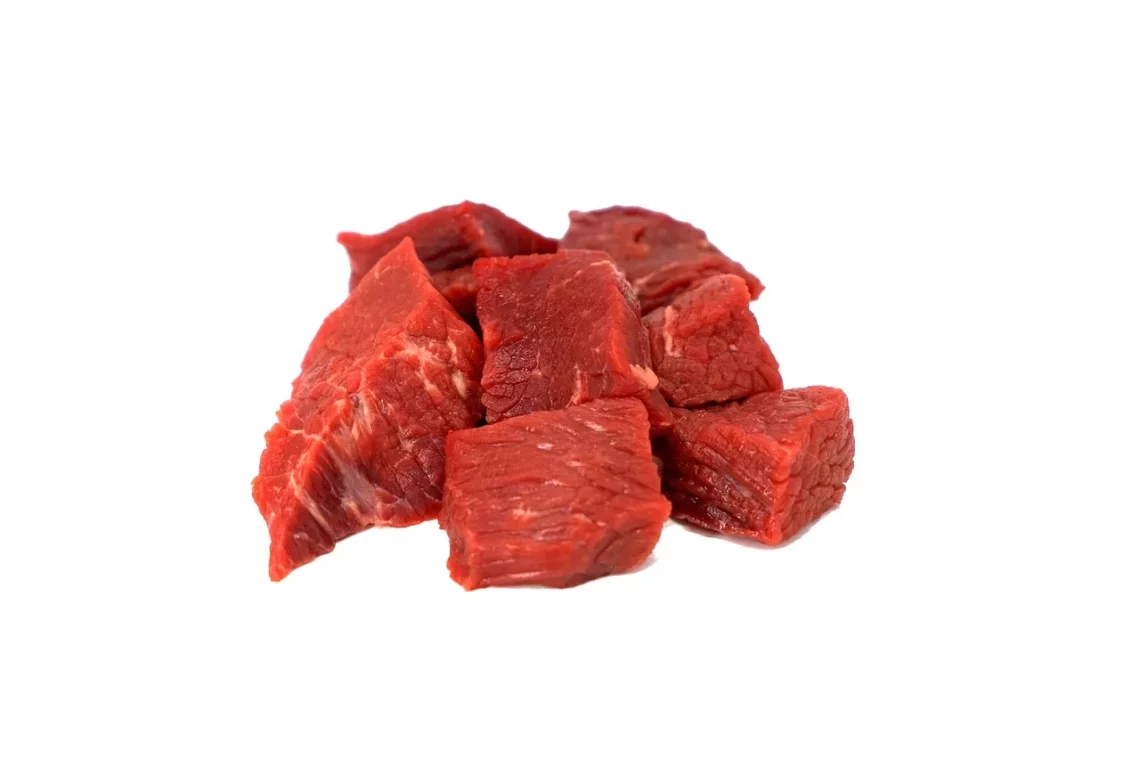
Understanding Beef Flank Nutrition: Benefits and Key Nutrients
Beef flank is a cut of meat that has gained attention for its unique flavor profile and versatility in various culinary applications. Its rich texture and robust taste make it a favorite choice among chefs and home cooks alike. Located near the belly of the animal, flank steak is a lean cut, often characterized by its long, flat shape. This cut is not only prized for its flavor but also for its nutritional benefits, making it a valuable addition to a balanced diet.
As consumers become more health-conscious and interested in the nutritional value of their food, understanding the benefits of different cuts of meat, like beef flank, becomes essential. This cut provides an array of key nutrients that contribute to overall health, supporting muscle growth, energy levels, and various bodily functions. In an age where dietary choices are influenced by factors such as sustainability, ethical sourcing, and health considerations, beef flank stands out as a nutritious option that can be incorporated into many meals.
In addition to its health benefits, beef flank offers a wide range of cooking possibilities. From grilling and marinating to slow cooking and stir-frying, this cut can be prepared in numerous ways that highlight its flavor while maintaining its nutritional integrity. By exploring the benefits and key nutrients found in beef flank, consumers can make informed decisions that align with their health goals and culinary preferences.
Nutritional Profile of Beef Flank
Beef flank is renowned for its impressive nutritional profile, making it an excellent choice for those seeking a protein-rich food source. Primarily composed of protein, this cut provides essential amino acids that are crucial for muscle repair and growth. A typical serving of beef flank can contain around 25 grams of protein, which is beneficial for individuals engaged in physical activities or those looking to maintain a healthy weight.
In addition to protein, beef flank contains essential vitamins and minerals. It is a good source of B vitamins, particularly vitamin B12, which plays a vital role in red blood cell formation and neurological function. Moreover, beef flank is rich in iron, a mineral that is crucial for oxygen transport in the blood. Iron deficiency can lead to fatigue and other health issues, making it important to include iron-rich foods in one’s diet. The heme iron found in beef is more easily absorbed by the body compared to non-heme iron from plant sources.
Another important nutrient found in beef flank is zinc, which is essential for immune function, wound healing, and DNA synthesis. Zinc deficiency can impair the immune system and slow down recovery from illness. Furthermore, beef flank contains various other minerals such as phosphorus and selenium, which contribute to bone health and antioxidant defense, respectively.
Despite its rich nutrient profile, beef flank is relatively low in fat compared to other cuts of beef. This makes it a favorable option for those who are monitoring their fat intake while still wanting to enjoy the benefits of red meat. The fat content in flank steak mainly consists of unsaturated fats, which can be beneficial for heart health when consumed in moderation.
Health Benefits of Consuming Beef Flank
Incorporating beef flank into a balanced diet can provide numerous health benefits. As mentioned earlier, the high protein content supports muscle maintenance and growth, which is particularly important for active individuals and athletes. Consuming adequate protein can also aid in weight management, as it promotes satiety and helps regulate appetite.
The presence of essential vitamins and minerals in beef flank contributes to overall health. For instance, the vitamin B12 found in this cut is crucial for maintaining energy levels and preventing anemia. Individuals who follow vegetarian or vegan diets may be at risk for vitamin B12 deficiency, making meat sources like beef flank a valuable addition for those who consume animal products.
Moreover, the iron content in beef flank is especially beneficial for individuals with increased iron needs, such as pregnant women, growing children, and those with heavy menstrual cycles. Consuming iron-rich foods like beef flank can help prevent iron deficiency anemia, a condition characterized by fatigue, weakness, and impaired cognitive function.
Zinc, another nutrient abundant in beef flank, is essential for a well-functioning immune system. It helps in the production of immune cells and plays a role in the body’s response to infections. Regular consumption of zinc-rich foods can enhance immune function and aid in faster recovery from illnesses.
Additionally, the unsaturated fats present in beef flank can support heart health when consumed as part of a balanced diet. Replacing saturated fats with unsaturated fats can help lower cholesterol levels and reduce the risk of cardiovascular diseases. Therefore, enjoying beef flank in moderation can contribute to a heart-healthy lifestyle.
Culinary Versatility of Beef Flank
One of the standout features of beef flank is its culinary versatility. This cut can be prepared in various ways, allowing for creativity in the kitchen. Whether grilled, marinated, or slow-cooked, beef flank adapts well to numerous cooking methods, making it a favorite among chefs and home cooks alike.
Grilling is one of the most popular methods for preparing beef flank. The high heat of the grill caramelizes the exterior, creating a flavorful crust while keeping the inside tender and juicy. Marinating the flank steak before grilling can enhance its flavor and tenderness. Common marinade ingredients include soy sauce, garlic, herbs, and citrus juices, which can infuse the meat with a rich taste.
For those who prefer a slower approach, braising beef flank can yield incredibly tender results. This method involves cooking the meat slowly in liquid, allowing it to absorb flavors and become fork-tender. Braised beef flank can be served in various dishes, from tacos to hearty stews, making it a versatile option for family meals.
Stir-frying is another excellent way to prepare beef flank, particularly in Asian-inspired dishes. Thinly sliced flank steak cooks quickly in a hot wok, allowing it to retain its juiciness while absorbing the bold flavors of sauces and vegetables. This method is not only quick but also allows for a colorful and nutrient-rich meal when paired with a variety of vegetables.
In addition to traditional cooking methods, beef flank can also be used in innovative recipes such as salads, sandwiches, and wraps. Its robust flavor complements a variety of ingredients, making it adaptable to different cuisines and dietary preferences. This versatility ensures that beef flank can be enjoyed in numerous ways, appealing to diverse palates.
In conclusion, beef flank is a nutritious cut of meat that offers a wealth of health benefits and culinary possibilities. With its high protein content, essential vitamins and minerals, and versatility in the kitchen, it is a valuable addition to any balanced diet.
**Disclaimer:** This article is for informational purposes only and should not be considered medical advice. Always consult with a healthcare professional for any health-related concerns or dietary changes.




